As a society, we’ve come to understand that photographs are almost always edited, manipulated, and post-processed. But there are many people out there who are very opposed to this. They believe that the best photographs are the ones that come straight out of the camera, and everything else is more fit for a trashcan than the halls of an art gallery.
But in our current world, it’s difficult to find an award-winning image that hasn’t been altered in one way or another. In fact, all of my images that have won awards in the many competitions I’ve entered have had some form of alteration. So is it okay, or ethical, to edit your landscape photographs?
Editing photographs is not only ethical — it’s a must to make your photographs stand out at competitions. Nearly every landscape photography competition allows entrants to alter their photographs. Many competition guidelines even mention that they judge photos on the quality of the images and the editing skills used to create them.
In circles like photojournalism or documentary photography, it’s true that editing is a forbidden practice. Famous photographers like Steve McCurry — the man who shot the infamous ‘Afghan Girl’ cover — have landed in hot water over editing people out of photos. And in some years, as many as 20% of all contestants in the final rounds of the World Press Photo Awards have been disqualified due to manipulation.
But in fine-art landscape photography, it’s a different story. Almost no photo wins without some extensive photo editing. Every photographer has to play around with object removal, as well as color and lighting alteration to make the photos stand out.
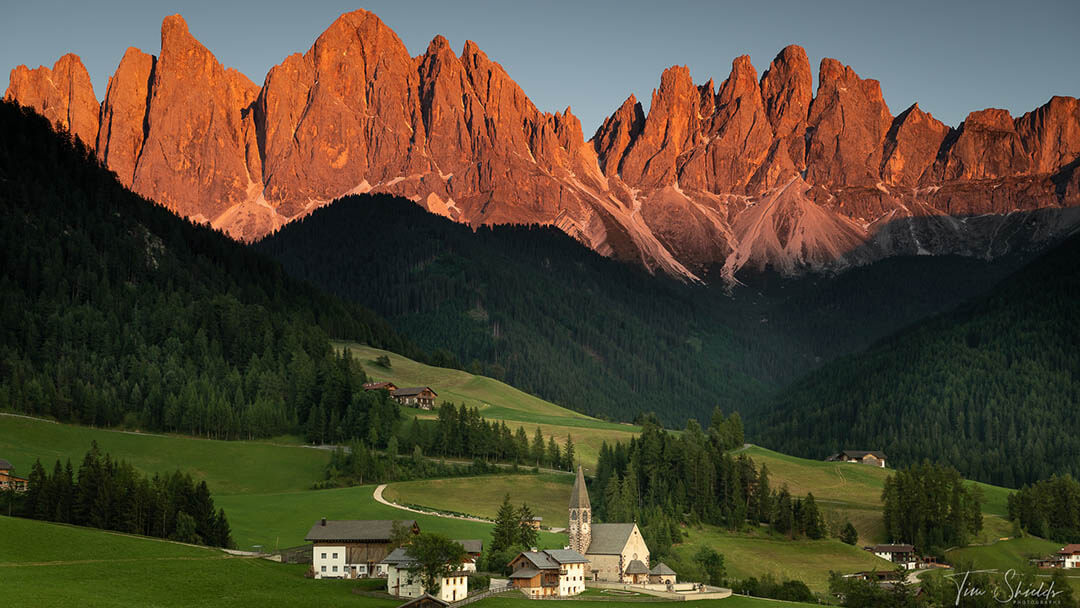
What do competition guidelines say?
Many competitions only publish their submission guidelines while they’re accepting applications. So for this article, I wasn’t able to see the guidelines for all of the major awards. But the ones I was able to find show a pretty clear narrative about editing in landscape photography.
Here’s what the guidelines say for some of the prestigious photography awards.
“The Entries presented for judging must be photographic in origin (taken with a camera), but there are no restrictions on post-production except that any post-production must be the work of the entrant. You cannot have someone else edit or work on the image for you. We consider this part of the art of landscape photography.” – International Landscape Photographer of the Year
“To be considered for this award, your entry must show excellence in digital post-processing as well as having exceptional photographic technique” – Epson Pano Awards
“Images can be manipulated, however, the manipulation must be clearly outlined within the image description.” – Sony World Photo Awards
As you can see, these competitions are not only allowing photographers to edit their photos, they’re even encouraging the practice! It’s so common, that it’s almost become necessary for photographers to make their shots stand out.
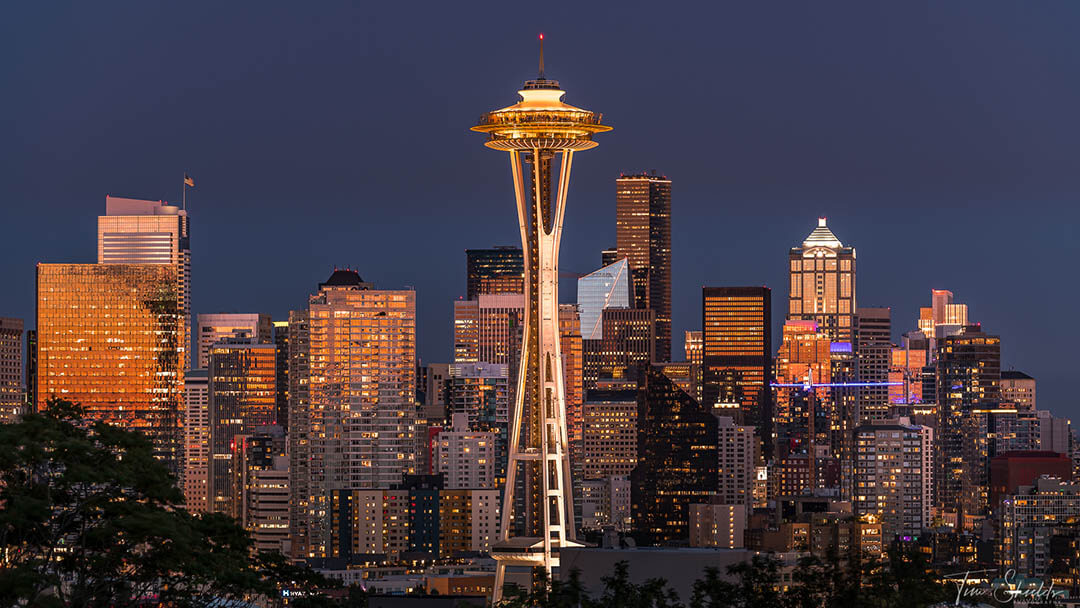
Why do photographers edit their photographs?
One of the biggest reasons for editing photos is that digital cameras are getting too good. They’re capturing more dynamic range than ever, meaning there’s more detail in both the highlights and shadows. And that creates some flat, uninspiring photos even in the best lighting scenarios.
And that’s actually a huge bonus. Videographers love cameras that can shoot in log formats, which are known for creating dull, grey videos. That’s because it allows them to color grade their video however they want.
So camera manufacturers work hard to make this possible, knowing that the pros want cameras that will allow them to make the most adjustments in post. If you want higher contrast out of the camera, shoot with older DSLRs or even film.
The other reason for editing photographs is to make our own images better. Ansel Adams once said Dodge and Burn were created to fix God’s mistakes. The light just doesn’t always fall where we need it to when we’re there. Skys aren’t as dramatic, colors aren’t just right. Some features need to be hidden so they don’t distract us from the true subject.
Changing the color and saturation of images is so common, that Google, Instagram, and Apple have baked in automatic photo editing to every single image you take on a mobile phone. They apply algorithms that specifically alter certain characteristics in every photo taken on a phone. If they’re going to that effort, it’s because that type of editing is something customers want to see in their own photographs.
So how do you make better photos? A big part of it comes down to editing.
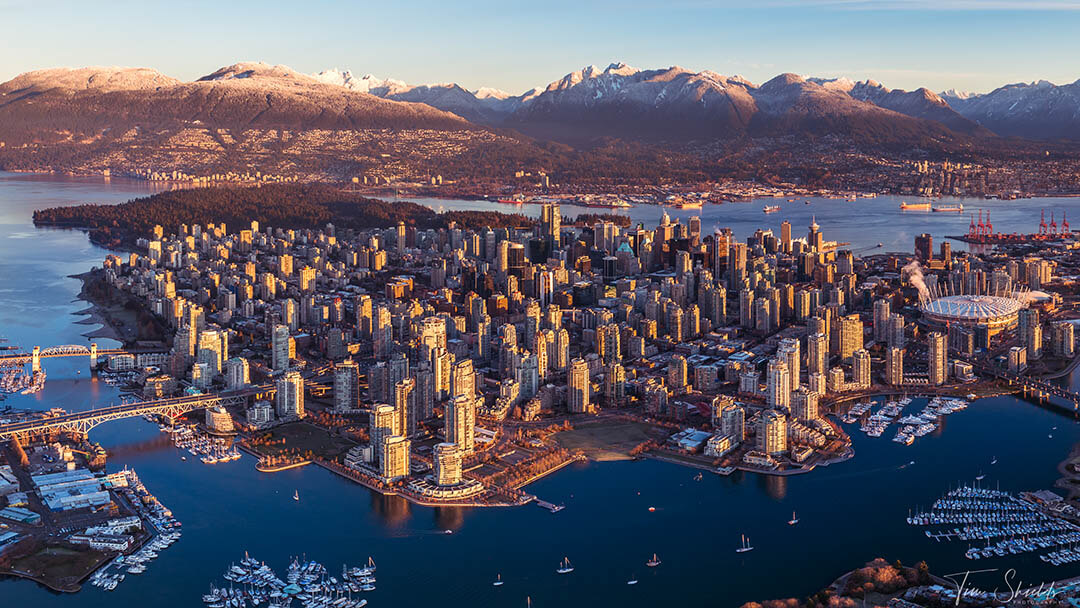
Editing photos to stand out at competitions
The secret to getting ahead of the competition is to know what makes a photo stand out. And when you’re looking for examples for how to make contrast, start looking at the masters of contrast in nature.
The best example of using contrast is flowers. Ecosystems are much healthier when plants reproduce. And to do that, they need the help of birds and bees. But these creatures wouldn’t be able to find the flowers if they were the same colors as the grasses, leaves, and stocks that are best suited to photosynthesis. So flowers become any color other than green. But the prettiest ones are those that are easiest seen against the backgrounds. Think purple, orange, and blues. Colors that aren’t otherwise found in plants.
To make photos stand out, you have to look for dominant colors in the scene, and emphasize the colors in the foreground that oppose those in the background. If green is dominant in the foreground, you’ll want to emphasize the magentas, reds, and oranges to create contrast. Likewise, you can contrast brown earth with a blue-hour sky, or golden sand with blue ocean water.
Creating this kind of contrast in your images is known as using color theory. Once you get the hang of it, you’ll know what to look for when taking photographs to make your job of editing so much easier. One of the best places to start looking for examples is in the award-winning photos that get published on the competition sites. Even looking at the way painters render their contrasting colors can be an inspiration for finding that contrast in nature. As always get out there and learn how the world turns.
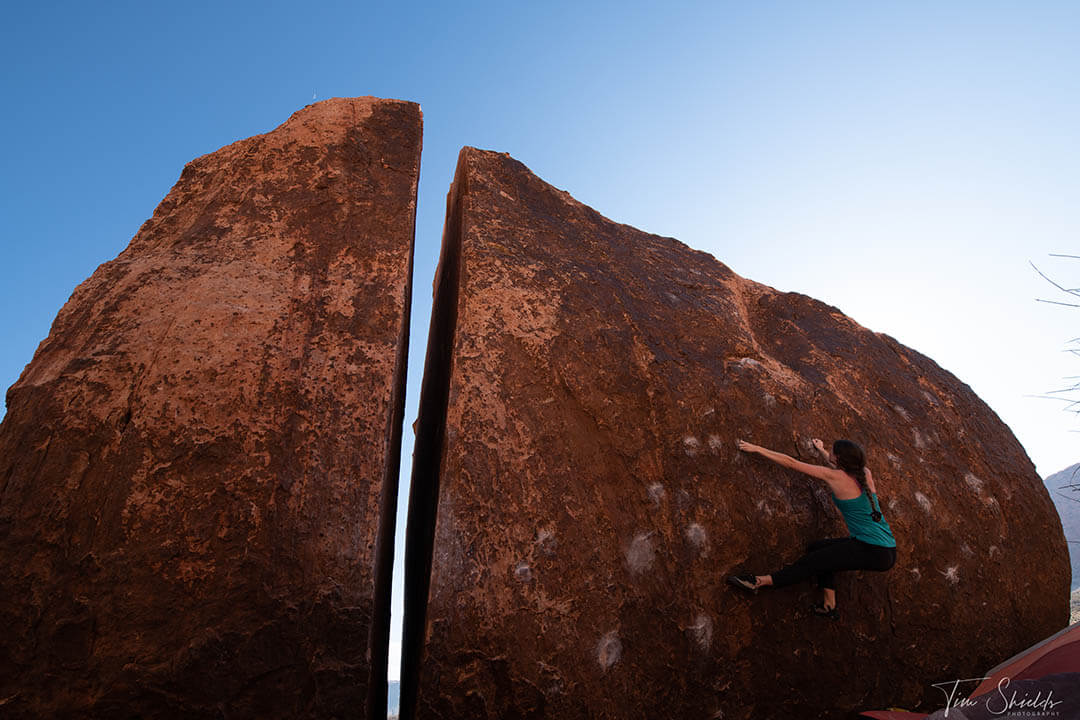
Work Smarter, not Harder
This step is the opposite of the rest of the previous advice in this article. And it’s for good reason. I personally believe that you have to learn how to edit photos before you can learn to take great photos. Some of the best lessons I’ve ever learned came from coming home with bad photos and wondering why they weren’t working. It’s possible to learn these lessons by studying the art of other photographers, but sometimes the best lessons are the ones you learn through work.
Once you know about how colors blend or oppose each other, the next step is to start looking for scenes where you can make that emphasis happen in nature. I gave a few examples in the section above. But the most obvious one is to wait for sunset or sunrise. This is the time of day that provides natural color contrast. The best, most dramatic sunset skies contain colors that are opposite what you typically find in nature. That’s a big reason why this time of day is so naturally perfect for photography.
The best advice I can give is to plan your photographs. Look for the locations that you love to see on Instagram, and find out how to get there. With a bit of planning, you’ll be able to make better photographs than the people who came before you. Good planning also plans for the weather, like finding the right times when there will be dramatic skies, or perfect, cotton-candy sunsets. These kinds of phenomena are possible to predict with a bit of knowledge. Once you’ve got the spot, and know how the weather will play out, it’s time to get out there and make a bomb photograph!
Where can I go to learn more?
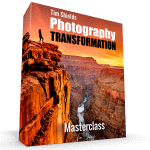 This kind of content is so much fun to make, and I love writing these articles to help out new photographers who are going through the same journey I once did. A lot of this is the kind of advice I wish people were able to give me when I started out. But I’ve also created some courses and materials that are for the kinds of people who want to go beyond taking photos for themselves.
This kind of content is so much fun to make, and I love writing these articles to help out new photographers who are going through the same journey I once did. A lot of this is the kind of advice I wish people were able to give me when I started out. But I’ve also created some courses and materials that are for the kinds of people who want to go beyond taking photos for themselves.
If you’re the type of photographer who is hungry to get out there and take award-winning photographs that’ll jumpstart your career as a fine-art landscape photographer, you should sign up for my free web class. It comes with a number of free goodies that’ll start you on your way. But it also talks about my simple four-step system for taking incredible photographs. This is the same system that I used to get my favorite photos of all time, and it doesn’t require you to purchase any additional equipment.

